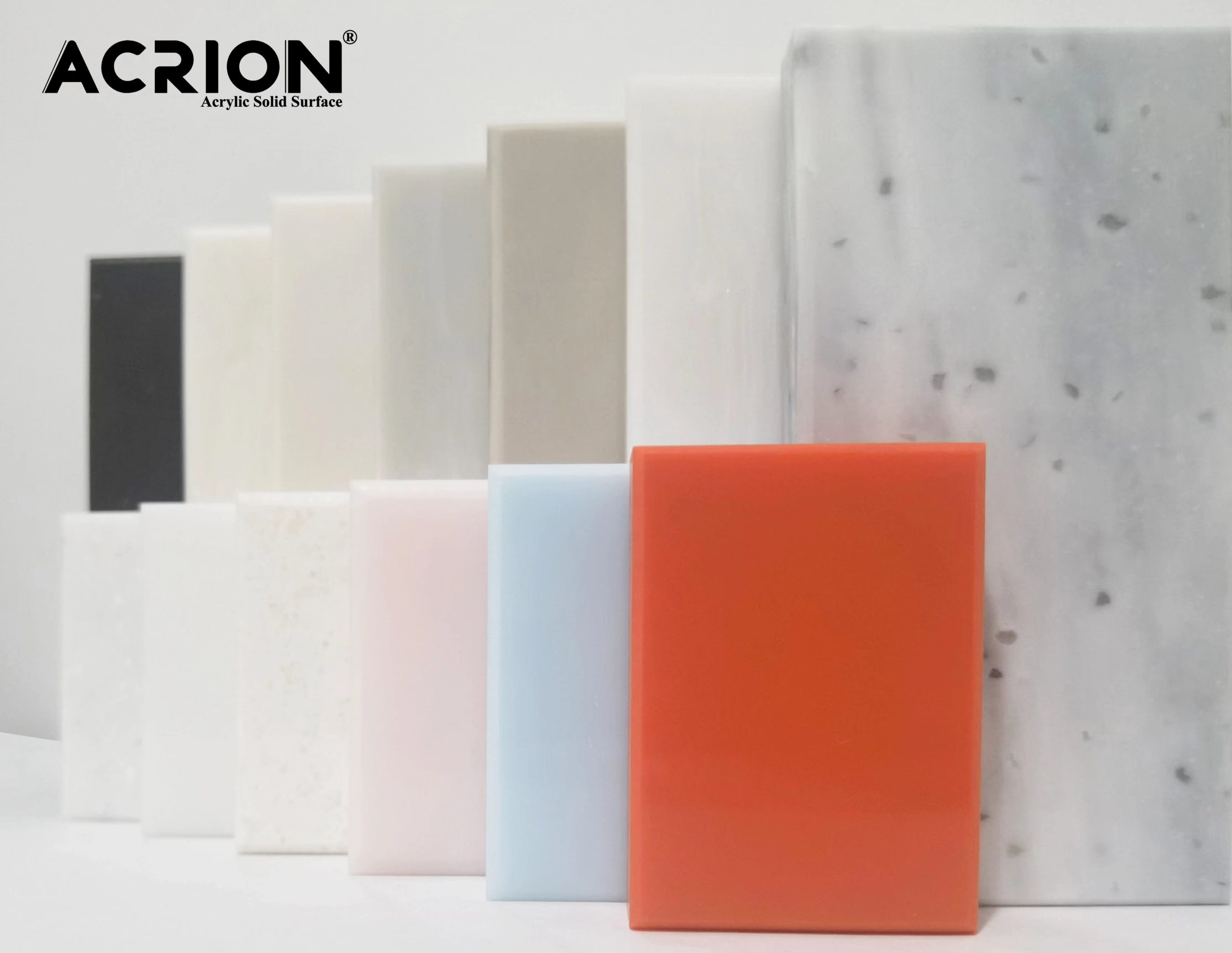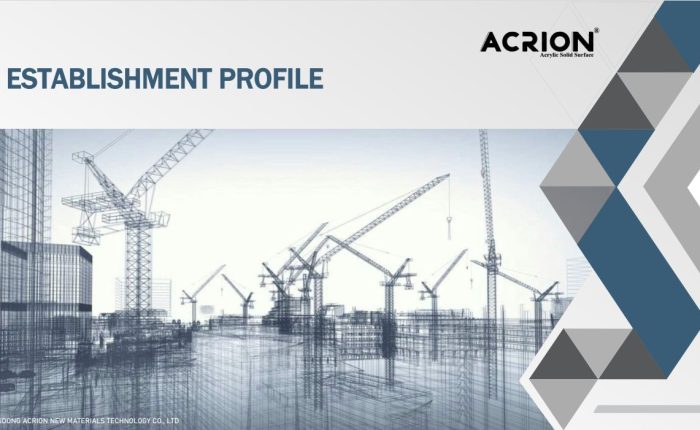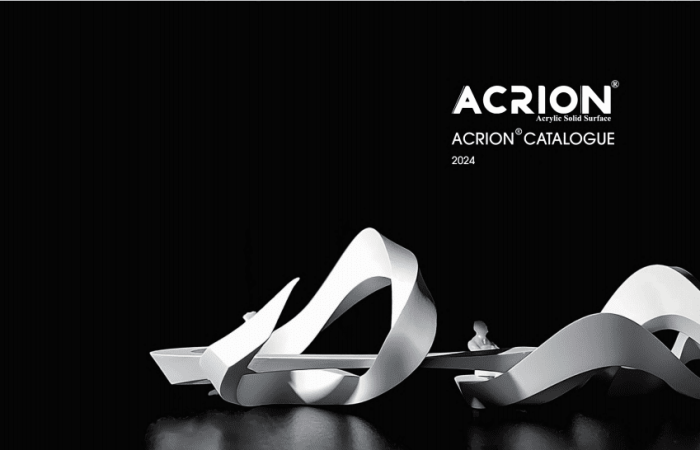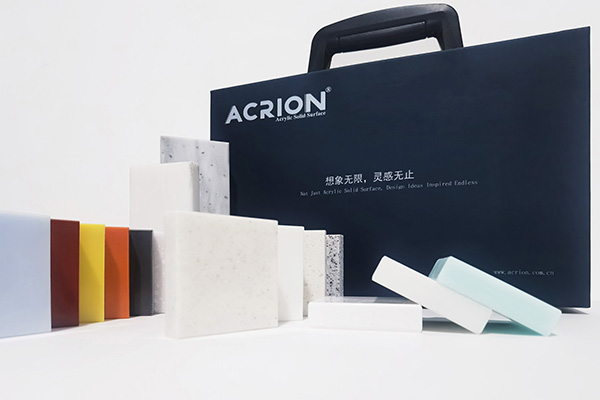Kỹ thuật điều trị cạnh để cài đặt mặt bàn Acrion
Hiểu các nguyên tắc chuyển đổi cạnh
Nguyên tắc cốt lõi của thiết kế chuyển tiếp cạnh nằm trong việc giảm thiểu các gián đoạn thị giác trong khi đảm bảo tính toàn vẹn cấu trúc. Không giống như các vật liệu đá truyền thống, thành phần đồng nhất của Acrion, cho phép chuyển đổi liền mạch thông qua các kỹ thuật hình thành nhiệt. Chẳng hạn, khi tích hợp BackSplash, các nhà thiết kế thường sử dụng khớp nối 45 độ trong đó cả mặt bàn và backsplash đều được cắt chính xác ở các góc 22,5 độ. Điều này tạo ra một bề mặt liên tục xuất hiện nguyên khối khi liên kết với chất kết dính chuyên dụng, loại bỏ các đường nối có thể nhìn thấy.
Trong các kịch bản liên quan đến mặt bàn hình chữ L, chuyển đổi góc bên trong đòi hỏi sự chú ý tỉ mỉ. Một phương pháp đã được chứng minh liên quan đến việc tạo ra khoảng cách mở rộng 3 mm chứa đầy silicone phù hợp với màu, phù hợp với chuyển động nhiệt trong khi vẫn duy trì vẻ ngoài sạch sẽ. Đối với các góc bên ngoài, các cấu hình tròn với bán kính 6-8mm được ưu tiên hơn các cạnh sắc nét, vì chúng làm giảm rủi ro sứt mẻ và tăng cường sự thoải mái về công thái học trong khi sử dụng hàng ngày.
Chiến lược tối ưu hóa chung vật liệu
Khi kết nối Acrion với các vật liệu khác nhau như gạch hoặc gỗ, chiến lược chuyển tiếp phải giải thích cho tỷ lệ mở rộng khác biệt. Một giải pháp phổ biến sử dụng rãnh rộng 5 mm, rộng 10 mm dọc theo cạnh Acrion, trong đó một dải trang trí kim loại hoặc acrylic linh hoạt được chèn. Cách tiếp cận này cho phép chuyển động 2-3mm trong khi duy trì một cái nhìn bóng bẩy. Trong các ứng dụng nhà bếp nơi Acrion đáp ứng các thiết bị bằng thép không gỉ, các nhà thiết kế thường sử dụng tiết lộ 2 mm với caulk phù hợp với màu sắc, tạo ra một đường bóng tinh tế xác định ranh giới mà không thu hút sự chú ý đến các sai lệch tiềm năng.
Đối với việc cài đặt chìm chìm, vùng chuyển tiếp yêu cầu gia cố kép. Đầu tiên, một gờ hỗ trợ rộng 15mm được đặt nhiệt vào vùng đất trong quá trình sản xuất. Thứ hai, một hạt dính cấu trúc được áp dụng dọc theo mặt bích của bồn rửa, được bổ sung bởi các ốc vít cơ học cách nhau mỗi 150mm. Sự kết hợp này ngăn chặn sự uốn cong có thể dẫn đến thất bại chung theo thời gian. Trong các ứng dụng phù phiếm trong phòng tắm, các nguyên tắc tương tự được áp dụng nhưng với sự nhấn mạnh vào việc chống thấm nước, sử dụng silicon cấp thực phẩm được đánh giá để tiếp xúc với nước liên tục.
Giải pháp chuyển tiếp ba chiều
Cài đặt phức tạp liên quan đến nhiều thay đổi độ cao đòi hỏi các giải pháp sáng tạo. Khi Acrion gặp một tấm lót lát gạch ở các độ cao khác nhau, một hồ sơ chuyển tiếp bước chứng minh hiệu quả. Điều này liên quan đến việc tạo ra một bước sâu 12 mm sâu trong 6 mm trong phần mềm, trong đó cạnh gạch cạnh nằm phù hợp chính xác. Khớp sau đó được lấp đầy bằng vữa epoxy phù hợp với cả hai vật liệu, tạo ra vẻ ngoài gắn kết. Đối với các cơ sở đảo tự do, quá trình chuyển đổi cơ sở thường kết hợp một cái chamfer 45 độ trong đó phần nhô ra của mặt bàn gặp phía nội các. Điều này không chỉ che giấu dung sai sản xuất mà còn ngăn nước gộp trên các bề mặt ngang.
Trong các ứng dụng nhà bếp ngoài trời nơi Acrion đáp ứng các yếu tố đá tự nhiên, sự ổn định của UV trở thành một yếu tố quan trọng. Vùng chuyển tiếp sẽ kết hợp một khoảng cách 3-5mm chứa đầy silicon trung tính mà giành được màu vàng theo thời gian. Ngoài ra, cạnh đá phải được niêm phong trước để ngăn ngừa độ ẩm vào vật liệu, có thể gây ra sự mở rộng khác biệt. Đối với các cài đặt cong như quầy thanh, hình thành nhiệt cho phép chuyển tiếp liền mạch giữa các phần lồi và lõm. Key nằm ở việc duy trì độ dày tường nhất quán trong suốt khúc cua, thường là 12-15mm, để ngăn chặn các điểm yếu có thể bị nứt dưới căng thẳng.



